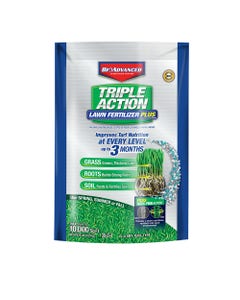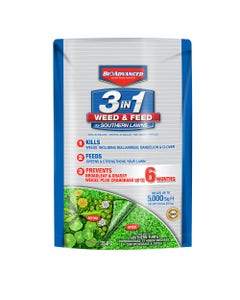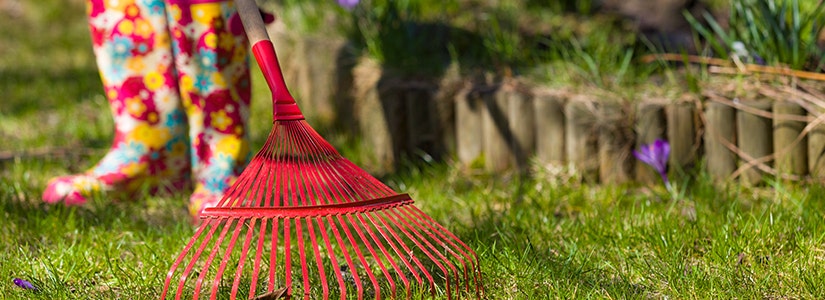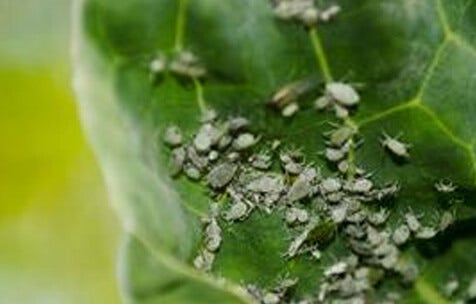

- Home
- Solution Center
- Learn
- Lawn and Landscape
- Fertilizing in Winter
Fertilizing in Winter
Winterizing Your Lawn
Just like perennial or vegetable planting beds, lawns need to be prepared for winter. The type of action you'll take depends on what kind of turfgrass your lawn has. One common action to prepare turf for winter is fertilizing. If your lawn is healthy and thick and you're unsure whether you need to fertilize, take a soil test.
Fall Growth Patterns
Even though fall's cooler temperatures cause plant growth to slow, plants continue to produce internal food reserves. Many perennial plants shift excess nutrients to roots during autumn, creating a nutritional storehouse they can draw from when spring's warmer days arrive.
Grass follows this growth pattern, storing nutrients in roots throughout fall. As air temperatures drop, blade growth slows, but roots remain active. A fall fertilizing fuels turf roots, which enables it to produce and store more winter food reserves. When spring's warm air temperatures arrive and grass blade growth resumes, roots have a readily available supply of nutrients, which favors a quick spring green-up and thick growth. A thicker lawn helps elbow out Crabgrass and other weeds.
Warm-Season Turf
In areas where freezes occur and warm-season lawns go dormant during winter, you shouldn't fertilize after September 1. These warm-season grasses include Bermudagrass, St. Augustinegrass, Centipedegrass and Zoysiagrass.
If grass stays green through winter, you can apply an early fall fertilizer that provides a readily available, soluble nitrogen source. This causes turf to grow and thicken, which can help crowd out winter weeds. Use modest application rates, especially if you have sandy soil, to avoid having the bulk of your nitrogen leach out of soil into groundwater.
Cool-Season Turf
In northern regions where lawns feature cool-season grasses, such as Fescue, Kentucky Bluegrass and Perennial Ryegrass, it's especially important to prepare turf for winter. Cool-season turfgrasses actually experience their peak growth in autumn and respond to fertilizer with strong growth.
Some lawn-care professionals recommend that if you only fertilize cool-season grasses once a year to do so in the fall, because the fertilizers available in this season offer more balanced nutrition. These fall fertilizers are often sold as a "winterizer fertilizer."
Fall Fertilizer Timing
Fertilize warm-season grasses in early fall. For most locations where cool-season grass grows, apply fertilizer in October or November. The farther north you're located, the sooner you'll apply it. Check with your local extension service or garden center for precise timing for your locale. If cold air arrives early and grass begins to discolor before you've applied fertilizer, don't apply it.
How To Apply
Use a lawn spreader to apply the fertilizer. Before application, clear the lawn of all leaves. If you're using a fertilizer plus weed control, follow label directions for timing. Most weed control products need to be applied to moist grass so the herbicide can stick to leaves.
Put the Lawn to Bed
Continue mowing the lawn until grass stops growing. For the final mowing, lower the cutting blade and use a bag attachment to catch any leaves, sticks, weed seeds, or other yard debris. Sending the lawn into winter as clean as possible helps to eliminate snow mold, which develops when snow remains on soil that's not completely frozen. Long grass or leaves that mat together provide ideal conditions for snow mold to develop.













